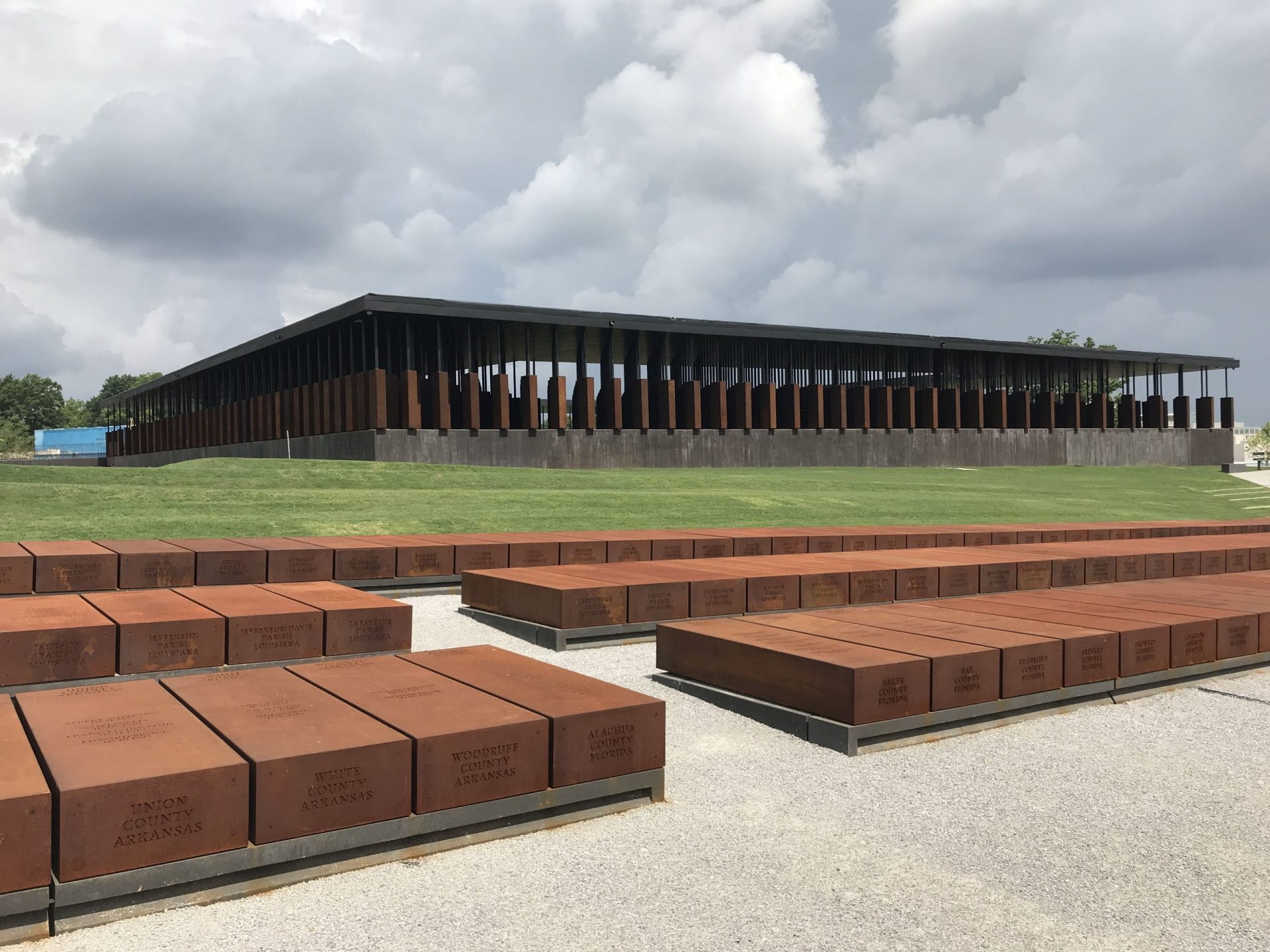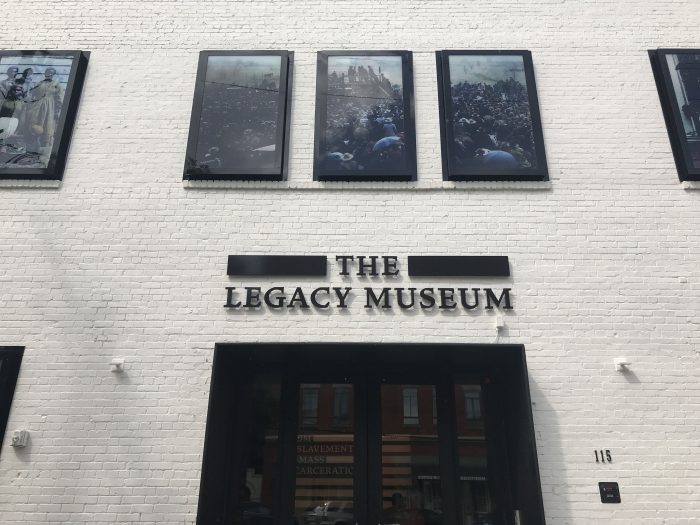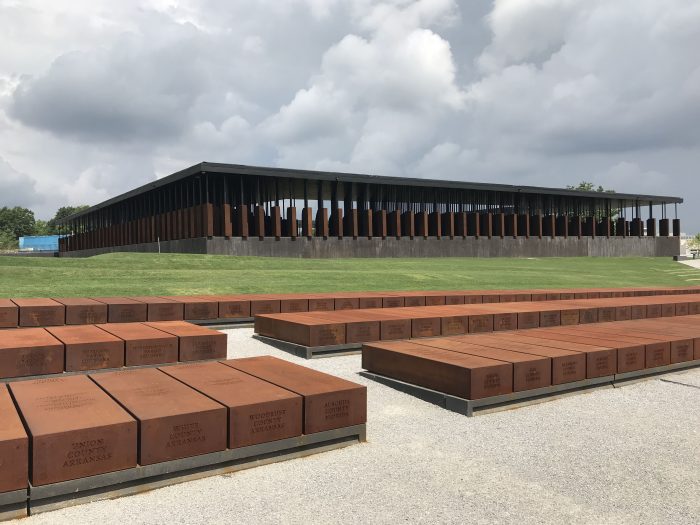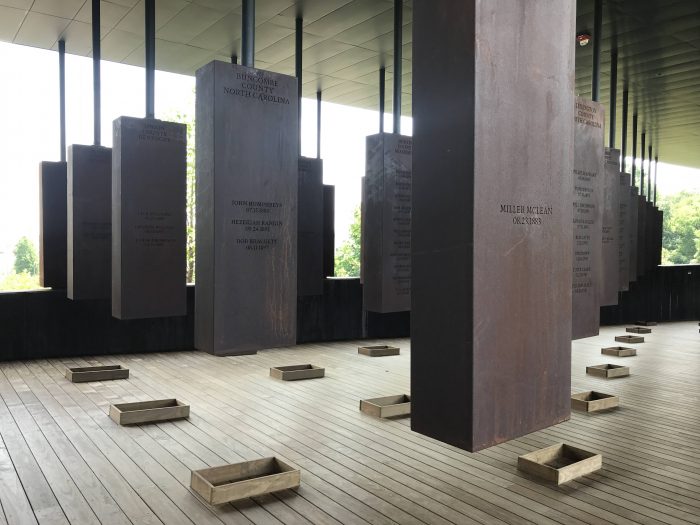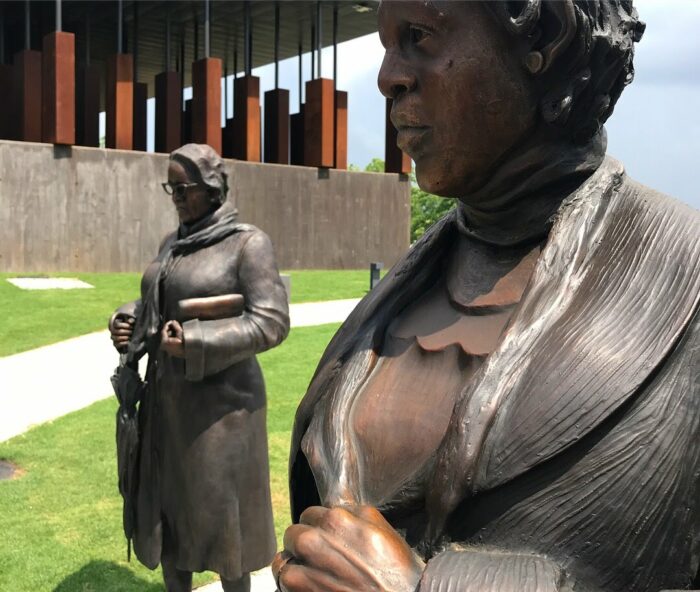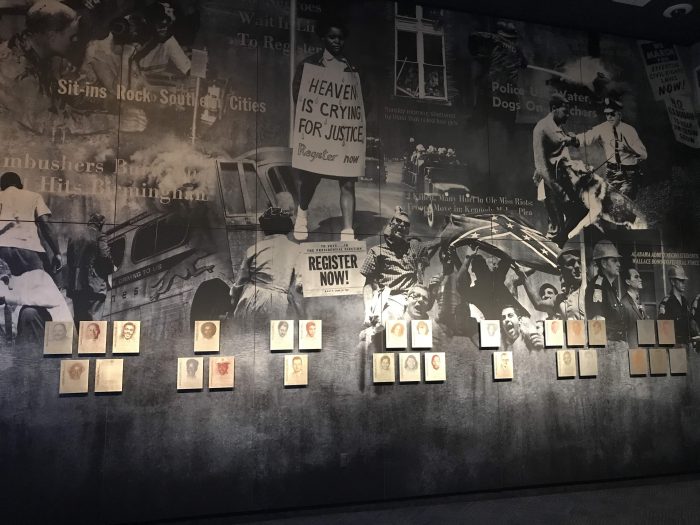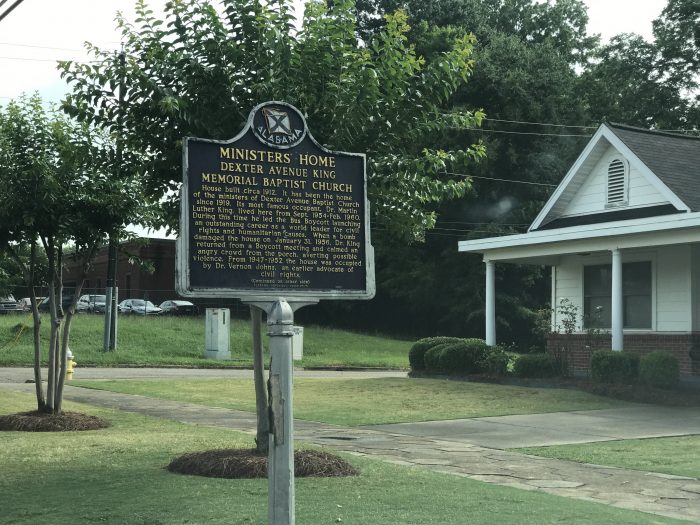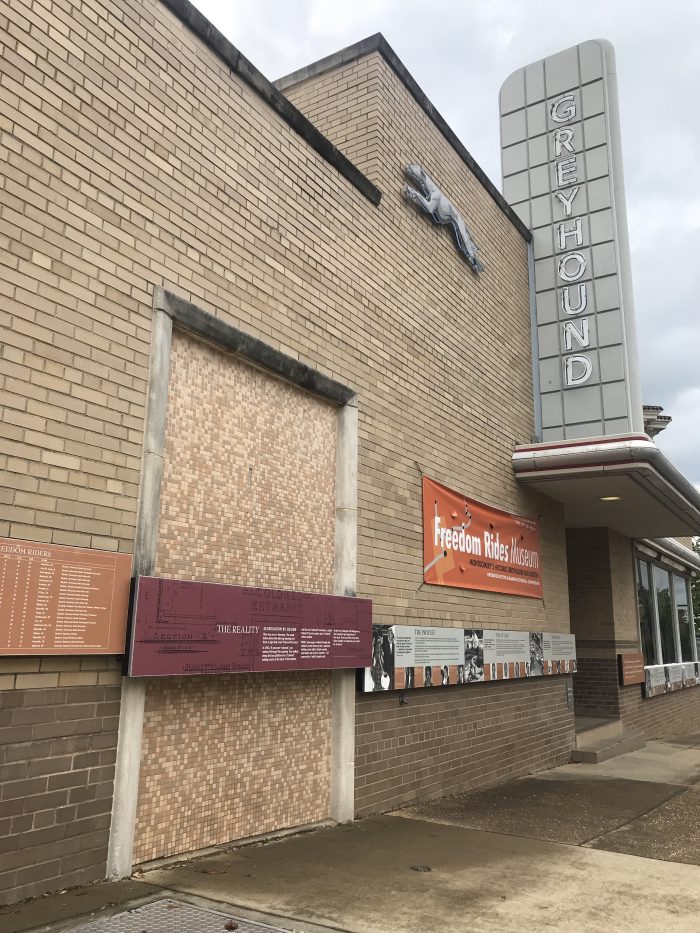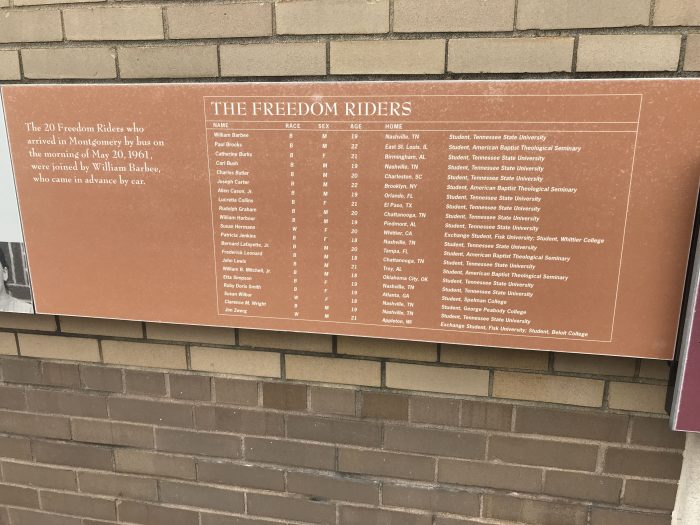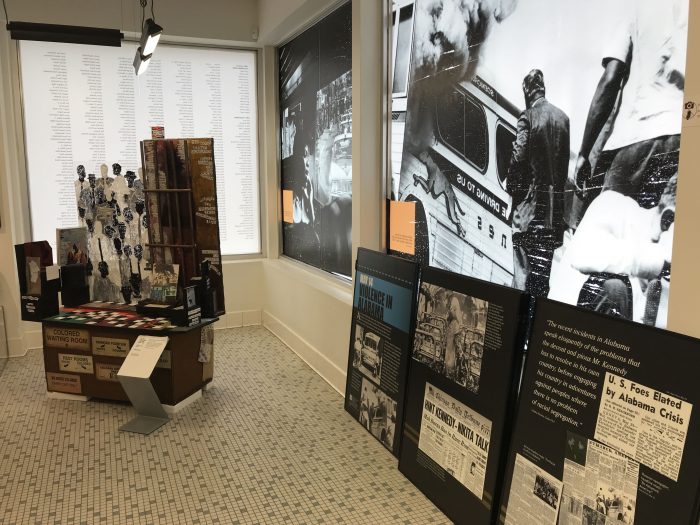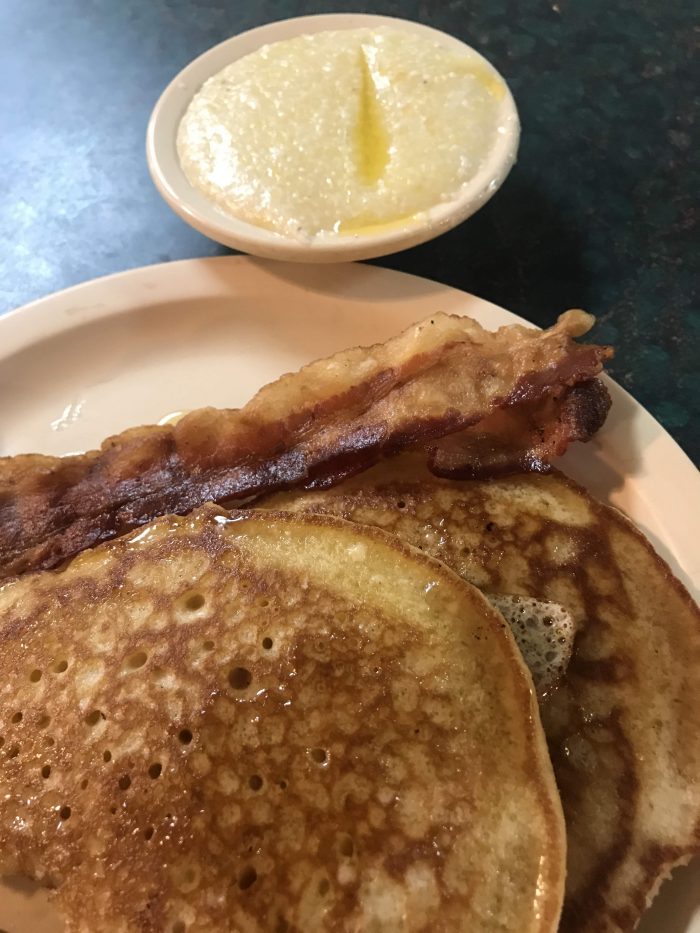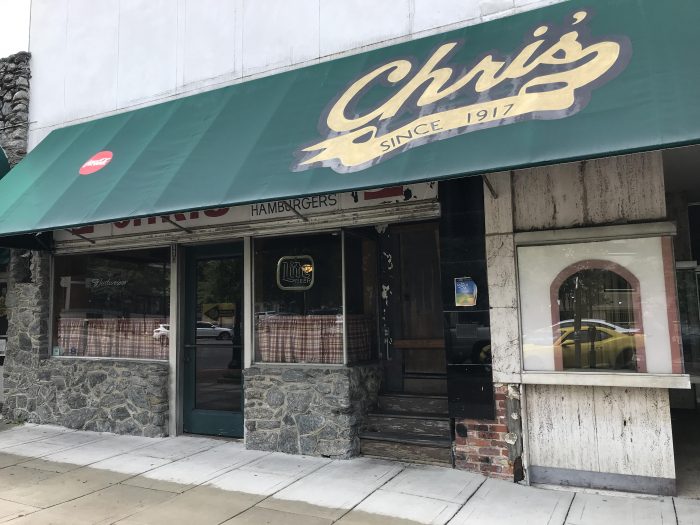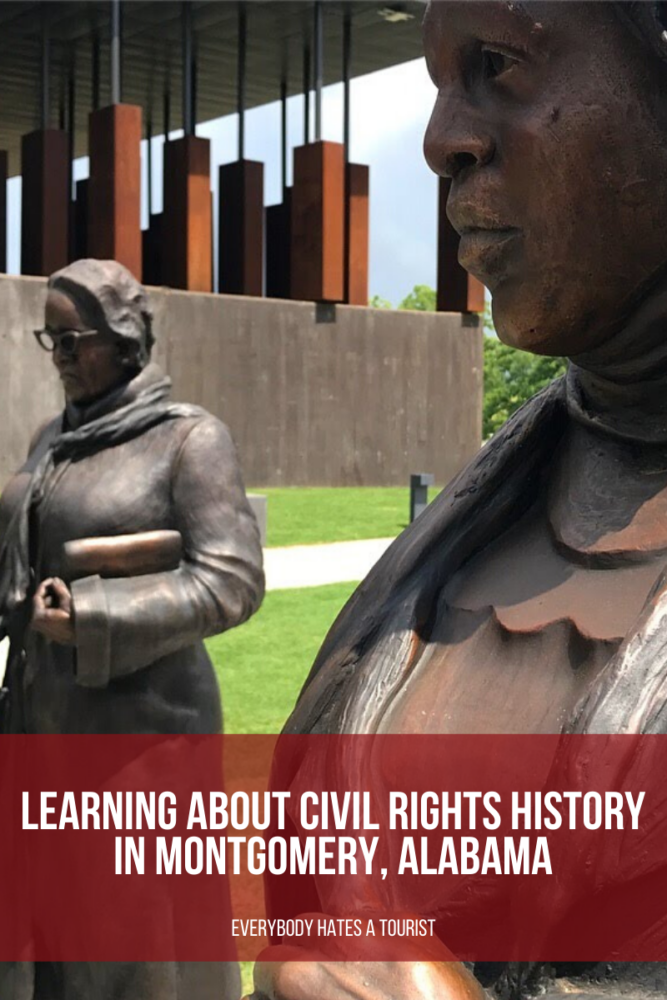This article has partner links that I may receive compensation from at no cost to you. Thank you for supporting my site by using them!
After visiting St. Augustine on a cross-country road trip, my next stop was Montgomery, Alabama. The state capital is one of the most important cities in the United States from a historical standpoint. Once home to one of the largest slave markets in the South, Montgomery has continued to be at the center of the fight for civil rights through this day. While there are plenty of cities where you can look back into America’s past, few have such important recent history as Montgomery. Here are the best places to learn about civil rights history in Montgomery, Alabama.
Civil Rights History in Montgomery, Alabama
There are so many civil rights museums in Montgomery that it’s impossible to see them all in a single day. Many of the key events & names will be familiar to everyone, but visiting the museums provides a firsthand experience that can’t be matched in a textbook. Whatever cursory reading of history you learned in school, Montgomery is where to go to learn more of the truth.
The Legacy Museum
Along with The National Memorial for Peace & Justice, The Legacy Museum is Montgomery’s newest history museum. Founded by the Equal Justice Initiative, The Legacy Museum draws a historical line from slavery through mass incarceration. The Legacy Museum is housed on the site of a former warehouse where enslaved people were kept, in between the docks & railyards & the Court Square slave markets.
Book your hotel in Montgomery now!This is not a museum that holds anything back, which is important. Nothing is sugar-coated here. From the moment you enter (where you are requested to turn your phone off & not take photos), you are taken on the journey of Black people in the United States. The path through the museum first goes through replica slave pens, where you get some small sense of what it was like to be imprisoned. The most moving parts of the museum are the plethora of first-person accounts from people who were enslaved. There is no speculation here – the horrors of slavery & everything after are told in personal detail.
The Legacy Museum makes important connections from the past to modern day issues. Slavery may have officially ended in 1865, but the ensuing years only led to segregation, lynching, discrimination, mass incarceration, and police brutality. This continuous timeline of pain shows that civil rights progress is still ongoing. The photos and videos are vivid, and intentionally so. One of the most powerful exhibits is a collection of jars of dirt taken from lynching sites around the United States. When you realize that every murdered person would have had this common final view, you will be shaken.
Between all of the videos, audio clips, and other interactive exhibits, it’s easy to spend hours at The Legacy Museum in Montgomery. Below are a few videos relating to the museum & EJI’s work, as well as lectures & documentaries featuring EJI founder Bryan Stevenson. Additionally, you can learn more about him through his book & the movie based on it, “Just Mercy,” starring Michael B. Jordan, Jamie Foxx, and Brie Larson.
The Legacy Museum closes on an optimistic note, as change can & does happen if we work together to improve society. Visitors can learn about how to register to vote, as well as how to volunteer in their local communities.
With Black Lives Matter protests ongoing while I write this on Juneteenth 2020, The Legacy Museum can easily make a good case for being the most important museum in the United States. This isn’t just history, this is our present. And with hope, not our future.
Address: 115 Coosa St, Montgomery, AL 36104 (map)
The National Memorial for Peace & Justice
The National Memorial for Peace & Justice is a powerful companion to The Legacy Museum. Combo tickets are available for both. Located on a six-acre grassland about a 15-minute walk away from the museum in downtown Montgomery, the National Memorial for Peace & Justice is a memorial to victims of lynchings & racial terror all over the United States.
At the center of the park, those victims are commemorated through a series of 800 steel columns, one for each of the 800 counties where lynchings have been documented. Names of the murdered are engraved on each column.
This imposing memorial is simultaneously beautiful & moving. The repetition of the lines and columns serves to amplify the magnitude of the atrocities that took place, not just in one place but in so many. As you walk through the memorial square, the imposing columns seem endless. With each one hanging from above, it’s impossible to not draw parallels with bodies hanging.
In addition to the central memorial, there are also other sculptures & memorials, including quotes from Dr. Martin Luther King, Jr. & Toni Morrison, as well as a reflection area dedicated to Ida B. Wells. Like the museum, the memorial path concludes by tying the past to the modern day through a sculpture depicting police violence & criminal justice discrimination.
Additionally, each county depicted in the memorial is encouraged to claim their column. By pledging to have an open discussion about this history, & putting in the work to acknowledge the past, counties can then have a corresponding monument installed. As with the jars of dirt in the museum, this ties the sites together with a common bond of reflection & recognition of racial history, along with a path forward for the future.
Address: 417 Caroline St, Montgomery, AL 36104 (map)
Rosa Parks Museum and Library
Few American historical figures have more recognizable names than Rosa Parks. The Montgomery civil rights icon became the figurehead of the Montgomery Bus Boycott after being arrested for refusing to give up her seat on a city bus.
The Rosa Parks Museum and Library is located on the campus of Troy University, at the corner of Montgomery & Molton Streets where Rosa Parks was arrested.
The museum not only covers the full history of December 1st, 1955, but the planning of her protest & the ensuing Montgomery Bus Boycott as well. Even if you’ve learned about these events in school, it’s likely that you’ll pick up something new from the details presented at the Rosa Parks Museum. This wasn’t just a singular moment for a tired woman, but a community that came together to force change. Other leaders such as Jo Ann Robinson & E.D. Nixon were also vital to the boycott.
While there are photos & videos from throughout the period, the centerpiece of the museum is a full-sized 1955 Montgomery city bus where video re-enactments of that day are projected. You are taken back in time through this multimedia presentation. No photography is allowed at the Rosa Parks Museum, but I recommend checking out the page set up by the design firm that worked on it to get a good sense of their detailed work.
In addition to the exhibits about Rosa Parks & the bus boycott, there is also a library with historical archives, as well as sections with art relating to similar concepts & inspiration.
Address: 252 Montgomery St, Montgomery, AL 36104 (map)
Civil Rights Memorial Center
The Civil Rights Memorial Center is run by the Southern Poverty Law Center, a non-profit that documents civil rights abuses & hate groups, while also providing education.
The main room of the memorial center tells the stories of people who were murdered during the civil rights movement between 1954 and 1968. Also included are those with stories where little is known. There is also an accompanying short film called “Faces in the Water.”
Down the next hallway, the museum goes on to show that hate is still leading to deaths today, including the mass shooting at the Emanuel African Methodist Episcopal Church in Charleston, & the murders of Heather Heyer and Islan Nettles. There is empty space on the wall that hopefully is never filled.
Finally, there is a Wall of Tolerance where you can add your name to support the fight against hate, injustice, & intolerance.
Outside of the memorial center, there is a fountain designed by Maya Lin. The fountain is etched with the names of people whose lives were taken during. The fountain symbolizes a famous passage from Dr. Martin Luther King, Jr.’s “I Have A Dream” speech, where he proclaimed, “We will not be satisfied until justice rolls down like waters and righteousness like a mighty stream”. Those words can be found on the wall of the memorial.
Address: 400 Washington Ave, Montgomery, AL 36104 (map)
Dexter Avenue Church & Parsonage Museum
From 1954 to 1960, Dr. Martin Luther King, Jr. was the pastor of the Dexter Avenue Church, now known as the Dexter Avenue King Memorial Baptist Church. It was in this building where he first rose to prominence & helped organize the Montgomery bus boycott.
The nearby Dexter Parsonage Museum is the former home of the church’s pastors, including MLK. The home was the site of several bombings, but fortunately, no one was injured. It has been restored to how it was when MLK lived there.
Address: 454 Dexter Ave, Montgomery, AL 36104 (map)
Freedom Rides Museum
The Freedom Rides Museum is located in the former Greyhound bus station in downtown Montgomery. It was at this station where a group of Freedom Riders, including Rep. John Lewis, were met with violence on May 20, 1961. State & local police refused to protect the Freedom Riders from a racist white mob that was waiting for their arrival.
The goal of the Freedom Riders was to challenge segregation by traveling on buses in groups through the South. Hundreds of people were jailed after participating in the Rides, while many were also beaten.
The museum tells the story of the Freedom Riders, while also including art relating to the rides. The building itself also plays a role in telling this history. Some elements of its original state have been preserved, most notably the separate “colored entrance.”
At the moment, the museum is small due to the size of the former bus station, but they are planning to expand into the building across the street. Among the exhibits they hope to include is a 1958 bus donated by Greyhound.
The Freedom Riders were successful, with the federal government siding with the protestors & issuing regulations banning transportation segregation within months.
Address: 210 S Court St, Montgomery, AL 36104 (map)
Civil Rights Trails in Montgomery
United States Civil Rights Trail
The United States Civil Rights Trail consists of over 100 locations in 15 states. A dozen of these historical sites are located in Montgomery, Alabama, including all of the places previously mentioned.
Alabama Civil Rights Trail
The State of Alabama also has its own Civil Rights Trail. There is a free app available with more information about the historical sites & civil rights museums that are part of it.
Montgomery Civil Heritage Trail
The Montgomery Civil Heritage Trail is a walking trail that connects many important moments in civil rights history in Montgomery. There are historical markers all over the city providing more information. Maps are available at the tourist information center at Union Station.
Selma to Montgomery National Historic Trail
The Selma to Montgomery National Historic Trail commemorates the 54-mile historic civil rights march that took place in 1965. After several initial attempts that were met with violence (notably at Selma’s Edmund Pettus Bridge) the march was completed from Selma to Montgomery. There is a mural depicting the march in downtown Montgomery, as well as a monument near the Alabama State Capitol building.
Other Museums in Montgomery
Montgomery’s history goes beyond its civil rights museums. In addition to the state history museum & a well-regarded art museum, Montgomery is also the home to museums dedicated to the lives of famous residents Hank Williams & Zelda & F. Scott Fitzgerald.
Museum of Alabama
The Museum of Alabama covers the history of the state. The first galleries cover the Native Americans who lived in the region (Cherokees, Choctaws, Creeks, Chickasaws, Coushatta, as well as the Alabama from which the state’s name was derived). From there, visitors proceed through exhibits about the beginnings of the state, the Civil War, Reconstruction, & the civil rights movement. It’s located just south of the Alabama State Capitol. Admission is free.
Address: 142-158 S Union St, Montgomery, AL 36104 (map)
Montgomery Museum of Fine Arts
The Montgomery Museum of Fine Arts includes permanent galleries dedicated to 18th-21st century regional & American artists, with additional focuses on African art, porcelain, & sculpture. Recent temporary exhibitions have included “Personal to Political: Celebrating the African-American Artists of Paulson Fontaine Press” as well as many local artists. The museum is located in a park east of downtown Montgomery, along with the Alabama Shakespeare Festival.
Address: 1 Museum Dr, Montgomery, AL 36117 (map)
The Hank Williams Museum
Legendary country music singer Hank Williams grew up & began his career in Montgomery. The Hank Williams Museum covers his life, including memorabilia & artifacts, plus audio & video.
Address: 118 Commerce St, Montgomery, AL 36104 (map)
The Scott & Zelda Fitzgerald Museum
Did you know that F. Scott & Zelda Fitzgerald once lived in Montgomery? Zelda was actually a native of Montgomery, and the two famous writers lived there as a couple from 1931-1932. While this wasn’t a long stay, they did write parts of their novels “Save Me The Waltz” and “Tender Is The Night” during their time in Alabama.
Today, The Scott & Zelda Fitzgerald Museum is the only museum dedicated to the couple in the world. Not only can you visit the museum, you can also stay in Airbnb apartments above it.
Address: 919 Felder Ave # 919, Montgomery, AL 36106 (map)
Historic restaurants in Montgomery
With all of these great museums in Montgomery, you’re bound to get hungry. Here are a couple of downtown restaurants that have rich histories themselves.
Davis Cafe
Don’t be fooled by the exterior. Davis Cafe is open for business, just as it has been since… well, that’s an interesting question. When I was looking for places to eat in Montgomery, I heard that Davis Cafe was the site of organizing meetings during the Montgomery Bus Boycott. But another article said the restaurant opened in 1988. Still, that article mentions that Davis Cafe has hosted such famous civil rights leaders such as Congressman John Lewis & Reverend Jesse Jackson, among other celebrities. Perhaps this building was home to a prior restaurant with an older past, as it certainly looks old enough.
Whatever the full truth, Davis Cafe serves damn good food. If you want good home-cooked soul food for breakfast or lunch, this is the place to go. It’s also cheap. Whether you want breakfast or meat and three, Davis Cafe will fill you up with a great meal. Before setting off toward Kentucky on the next stage of my road trip, I stopped off here for some hot cakes & grits.
Address: 518 N Decatur St, Montgomery, AL 36104 (map)
Chris’ Hot Dogs
Chris’ Hot Dogs is another Montgomery dining institution. Since 1917, Chris’ has been the place to go for lunch near the Alabama State Capitol building. Dr. Martin Luther King, Jr. was a regular customer here. It’s just down the street from the Dexter Avenue King Memorial Baptist Church. Other famous patrons include Franklin D. Roosevelt, Harry Truman, George H.W. Bush, George W. Bush, Jimmy Stewart, Elvis Presley, Hank Williams, Clark Gable, Tallulah Bankhead, Whoopi Goldberg, Oprah Winfrey, F. Scott Fitzgerald, Zelda Fitzgerald, & of course plenty of Alabama politicians.
Once again, this an old-school place that isn’t looking to keep up with the times & make things fancy. That’s part of the charm. I had their special cheese dog, which comes slathered in Chris’ famous chili sauce.
Whatever you get, whether it’s hot dogs, hamburgers, or chicken fingers, be sure to eat something with that sauce. There’s a reason why it’s famous.
Address: 138 Dexter Ave, Montgomery, AL 36104 (map)
Final thoughts about my visit to Montgomery’s museums
Montgomery, Alabama should be a required trip for every American. It’s a historic city that rivals the importance of places like Washington, DC & Philadelphia. I stayed there for a couple of nights, but there was so much history to learn about that I could have easily stayed longer (and also checked out more local beer spots). The civil rights history in Montgomery is something that belongs to all Americans, no matter how painful it might be at times. This isn’t just Black history, every single one of us should be fully aware of this important part of our past & present.
Even if you can’t make it to the civil rights museums in Montgomery, please check out the websites of the groups that run them. They are doing fantastic work that is worthy of your support.
Like this post? Pin it for later!

